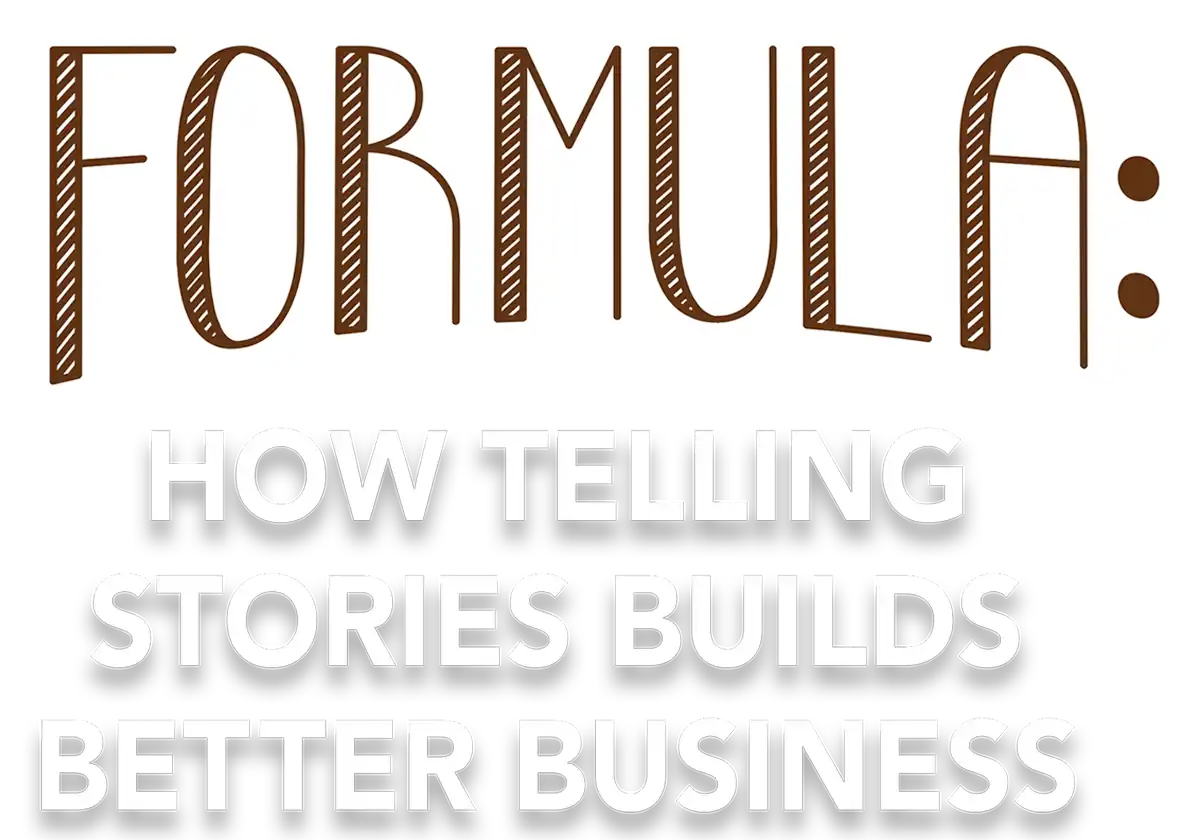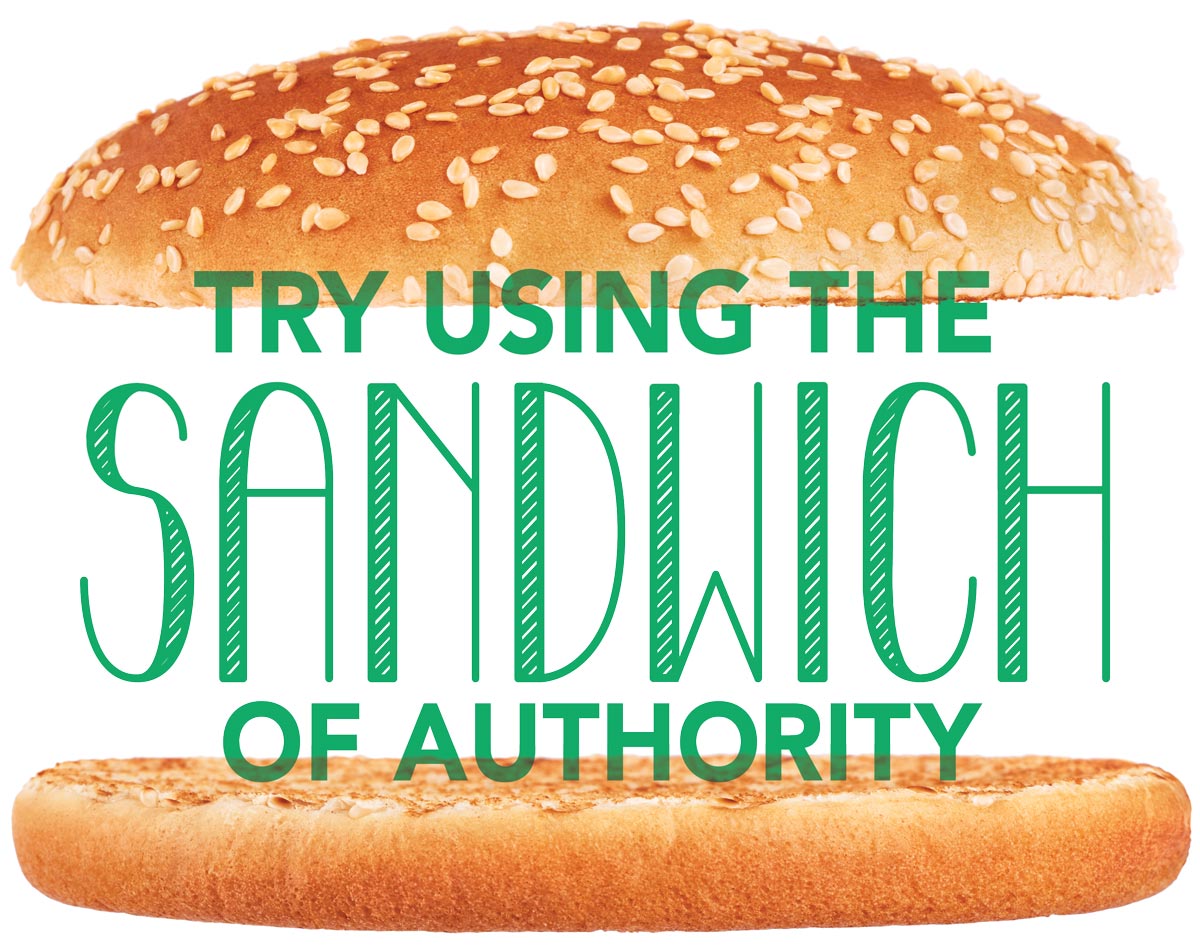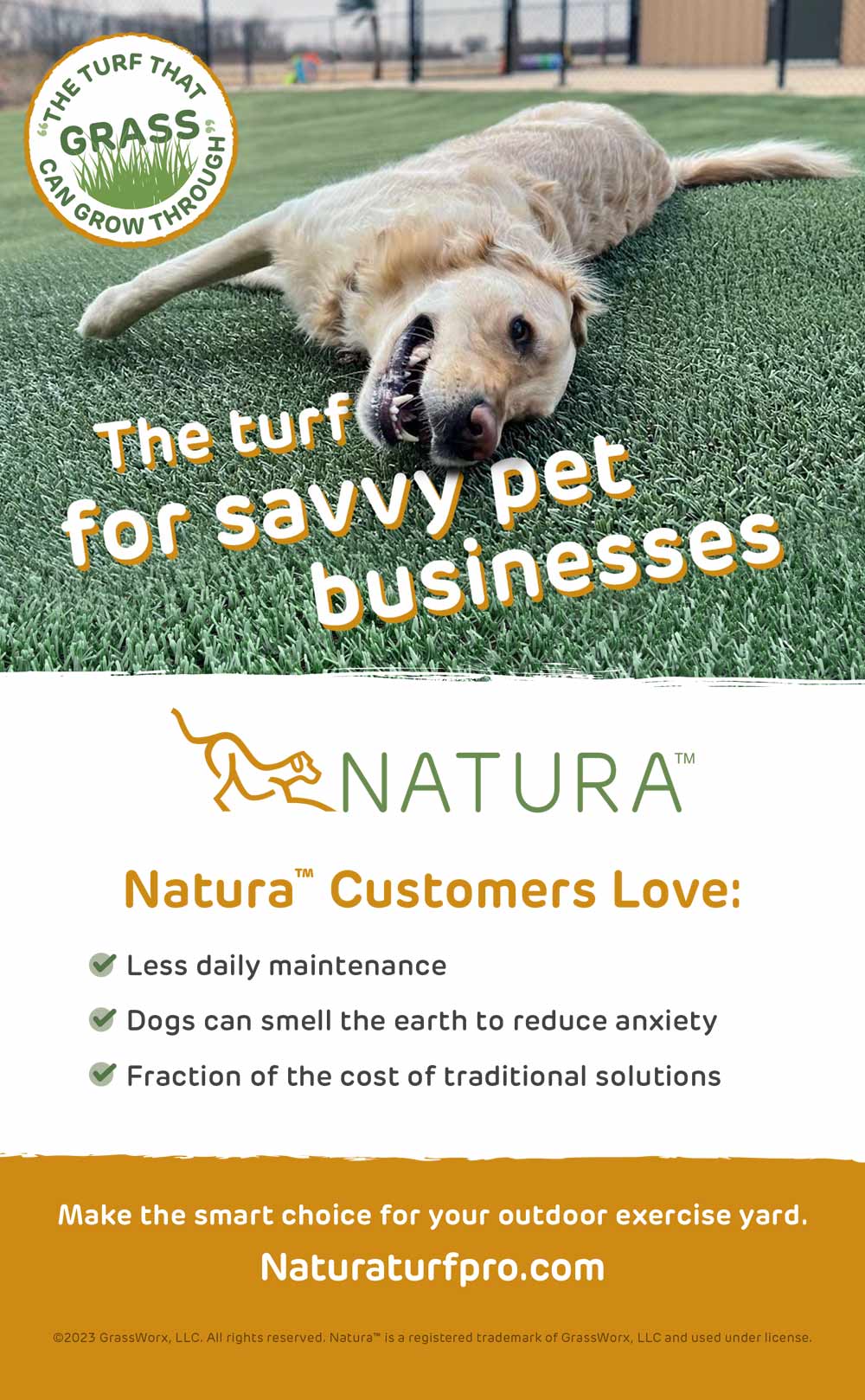Business


By Dominic Hodgson
nce upon a time, there was an invisible daycare. They had great staff, excellent facilities and happy clients, but nobody knew about it. The owner worked tirelessly, yet struggled to attract new clients. Why? Because they told the wrong story—or worse, no story at all. “Once upon a time” isn’t just a fairy tale opener; it’s an invitation—a spark of curiosity that draws you into a world of possibility. And here’s the truth: Your daycare is already writing stories every single day.
The problem? Too many businesses let their stories go untold. While you’re hiding your light under a bushel, companies like Red Bull, Apple and Netflix are out there strutting their stuff like peacocks on steroids. Those companies get it. They know they’re not just selling products…they’re selling entertainment.
This isn’t a new concept. The idea that entertainment is the key to success goes all the way back to ancient Rome, where the Colosseum was packed to the rafters with people desperate to see the next gladiatorial showdown. The Romans weren’t stupid. They knew the way to keep the crowds coming back for more—and keep them in check—was to provide regular entertainment.
Fast forward a few centuries, and you’ve got Charles Dickens drip-feeding his stories, leaving Victorian readers frothing at the mouth for the next chapter. And then there’s P.T. Barnum, the “Prince of Humbug,” who turned a wrinkly but anonymous old woman into “161-year-old Joyce Heth, the nurse maid of George Washington” using nothing but some creativity, a headline and some hutzpah!
Today, the masters of entertainment are everywhere: Red Bull sells adrenaline, Netflix hooks audiences with binge-worthy content and Apple turns product launches into cultural events. These brands understand they’re not just selling products; they’re selling experiences.
Don’t think this kind of showmanship doesn’t apply to your pet businesses. It applies to everyone. Here’s the thing: If you’re not entertaining, you’re invisible. You might be in a completely different industry, but make no mistake, your pet business is competing in the same attention economy as Amazon, TikTok and Elon Musk.
So, how can you break through the great wall of noise and ensure your business is seen, heard and attracting dog owners who are a great fit for you?
Well, one way is to tell better stories. Storytelling is the golden thread that connects you with your audience on a human level. People don’t buy products or services; they buy the feeling, the experience and the connection those things create. And nothing builds that connection faster than a well-told story.
Let’s dig deeper into why stories are so powerful in capturing attention and creating loyalty…

Let’s say you tell a story about a shy rescue dog thriving in your daycare. You’re not just showing off your facility, your play yard or even your staff; you are showing transformation. You’re the hero who makes that change possible.
Don’t just say generic stuff like, “We had 10 happy dogs in daycare today.” Tell the story of one of those dogs, like, “When Bella first joined us, she was scared of every new face. But today? She led the charge doing her morning zoomies! Here’s what changed…”

Take a leaf from Dickens. He didn’t just drop Great Expectations as one hefty tome; he released it in tantalizing installments, leaving his readers begging for more. However, you don’t need to write a book to do this—your emails, updates and social posts can do the same.
Try telling a story in parts:
- Share a challenge on Monday: “Meet Rufus, his mom calls him the Houdini of the dog pen.”
- Then a progress update mid-week: “Day 3: Rufus hasn’t escaped yet…but he’s trying.”
- And a triumphant conclusion on Friday: “Victory! Rufus finally settled into his crate and is no longer trying to escape!”
Your audience will be hooked.

We know how crucial trust is in our business. So, if you want to be trusted by more people, then tell more stories.

When you tell stories about your experiences, successes, and even failures, you position yourself as authentic and relatable. People trust those who are transparent and human.
- Top Slice: Establish your expertise with something like, “At Dom’s Daycare we’ve worked with over 500 dogs, and one thing we’ve learned is…”
- Meaty Core: Share the story itself, including a challenge, a success or a moment of insight.
- Bottom Slice: End with a call to action or a takeaway like, “Have you seen this in your dog? Let us know in the comments!”

Here are five stories you can tell—and re-tell—in your marketing to help you better connect with the dog owners:
1. Your Business Origin Story: People buy people, and dog owners especially want to know why you do what you do, so be sure to regularly tell your business origin story. What inspired you to want to help dog owners? This story is what makes your business unique.
2. The Story of Now: Turn your social media feed into a serialized soap opera with behind-the-scenes peeks at what happens each and every day. Instead of the same generic fluff your competition are posting on a daily basis, you’re telling them engaging stories of characters (dogs) that will keep them wondering what’s going to happen next.
3. Client Success Stories: Testimonials are the most underused resource in your marketing arsenal. Ask your best clients to share what impact your pet services have made in their lives. What is the story of their journey as a valued client at your facility?
4. Staff Stories: Who makes the magic happen behind the scenes in your facility? Tell stories about those key employees. Share personal details and stories of how you are developing your staff to make your service better.
5. The Story of What’s Next: In the TV Show West Wing, fictional President Bartlett used to have a great saying: “What’s next?” Well, your business always needs a “what’s next” too. Tease your clients with stories about upcoming themed enrichment activities you have planned and you’ll create an everlasting loop of excitement.
The best businesses aren’t just seen or heard; they’re remembered. And in the end, that’s what every pet owner wants: to trust, remember and recommend the people who take care of their furry family.
Dom Hodgson is Europe’s leading pet business coach, and is known as the Pet Biz Wiz. His mission is to help pet service providers create superior customer service systems that enable them to build an impactful and profitable pet business. Dom has written over nine books, and is a much in-demand speaker. You can instantly download a free copy of his latest book “How to Disnify Your Doggy Daycare Business” by going to www.petbusinessmarketing.com/daycaremagic



